Storing Beans
March 20, 2023
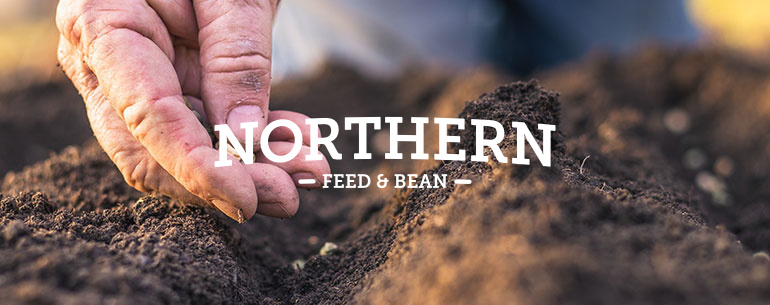
Beans are one of the best items to have in your pantry! Why? Because not only are they incredibly healthy and delicious, but beans have an impressively long shelf-life. Now, let’s get into some of the details of how to best store beans to optimize their shelf-life.
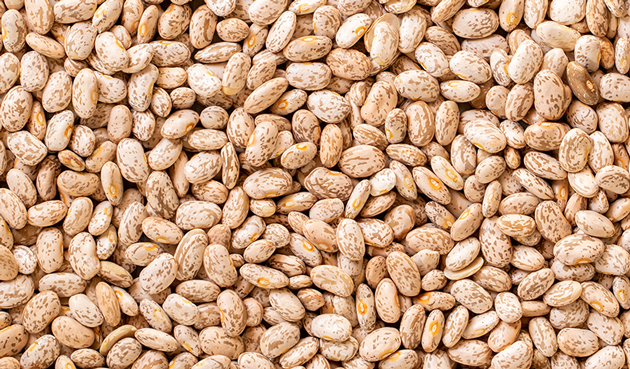
How to Store Beans
Essentially, the best way to store beans is in a well-sealed containers in a cool, dark, dry place, like a pantry.
- Avoid high heat and humidity when storing beans. As is the case with other foods, bean quality degrades faster at higher temperatures.
- Store beans in well-sealed containers. Dry beans are of course already dry (under 18% moisture and usually less than 18%), but as they age, they can lose even more moisture. As their moisture content decreases, they can take longer to cook. Therefore, storing them in a closed container may help prevent them from drying out too much. Additionally, it can help keep out any unwanted pests.
A Benefit of Recently Harvested Beans
Like we mentioned, beans tend to lose moisture as they age. Generally, recently harvested beans will cook more evenly and faster. This is a benefit of our Frontier beans! We work closely with our farmers to make sure you can enjoy fresh beans from a recent harvest.
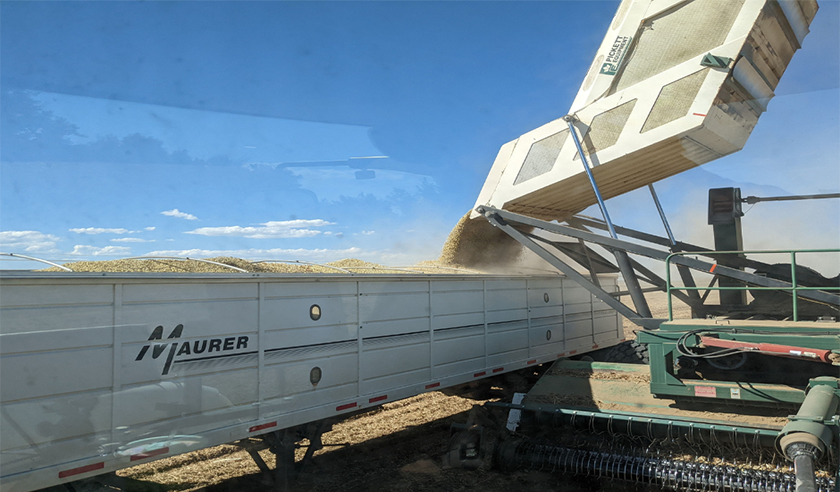
As beans age, they often change color. For example, many pinto beans become a darker brown as they age. We are proud that Frontier pinto beans are known for their light, bright color and freshness.
How Long to Store Beans?
People often ask us how long you can store beans. The great news is that, assuming you are storing your beans under the ideal conditions we discussed above, dry beans can last for years. The US Dry Bean Council states that, “Beans have a minimum shelf life of one year and will keep indefinitely if stored in a cool, dry place.”
For optimal freshness and quality, the FoodKeeper App – developed by the USDA’s Food Safety and Inspection Service with Cornell University – suggests that dry beans should be eaten within 1 to 2 years from the date of purchase, or 1 year after opening the package. This is the recommendation for ideal quality, although many people store beans for longer and still successfully cook them.
This long shelf-life is a win-win – it allows us to enjoy beans for a long time while simultaneously providing sustainability benefits through helping to cut down on food waste. Like we mentioned in our article on sustainability, food waste is a major contributor to climate change. An environmental benefit like this is just one of the many reasons we love working with beans!
Tips to Cook Dry Beans
We’ve talked a lot about how to store beans, but what about how to cook them? You can find cooking instructions on our website. Plus, find helpful tips about cooking beans on the stovetop and in a slow cooker (e.g., CrockPot) and an electric pressure cooker (e.g., Instant Pot) on the Colorado Dry Bean Committee website, with handouts provided by Colorado State University Extension. There is also information about how to cook beans faster. These tips to shorten cooking time include soaking beans, adding salt to the soaking and cooking water, and purchasing fresher beans.
How Long to Store Beans After Cooking Them
After you cook up a delicious batch of beans, they can generally be stored in the refrigerator for about three to five days. If you will not eat them before that, store beans in the freezer, where they will last for approximately six months. You can freeze beans with or without their cooking liquid. One benefit to keeping the cooking liquid is that it can be used in various recipes, such as forming the base for a nice, tasty soup broth.
Why Our Communities Love Working with Beans
One of our priorities at Northern Feed & Bean is actively supporting our communities. We are proud to partner with food banks and supply nutrient-dense beans to help provide healthy meals for our community members. We reached out to Hannah Moore, the Non-Perishable Food Sourcing Lead at Food Bank of the Rockies, to ask about the role beans play in the food bank.
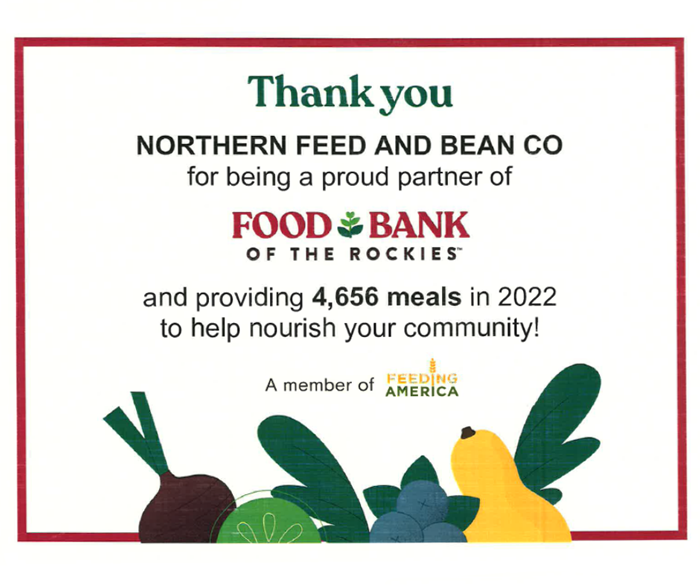
Hannah shared, “We are very thankful to Northern Feed & Bean for their partnership… so that they can provide us beans each year!” When asked about how the food bank stores beans, she told us, “We try to keep a tight turnover, with a goal of them moving out of our warehouse within a couple months so that they can be distributed to our neighbors in family-sized packaging as soon as possible. We store them dry. Some are received in bulk 2,000-pound totes and some in one- or two-pound bags.” She went on to explain that working with the large totes has the benefit of resulting in “engaging volunteer repack projects so that it is easier to distribute to our communities. We like working with beans because not only do they create engaging volunteer projects, but they also support local Colorado growers and processors and contribute to our Culturally Responsive Food Initiative.”
Why You Should Always Have Beans in Your Pantry
Beans are a great item to have in your pantry! Why?
- Beans are associated with many health benefits, like improving gut health and reducing chronic disease risk.
- Beans provide numerous environmental benefits, such as benefitting soil health and using less water than other sources of protein.
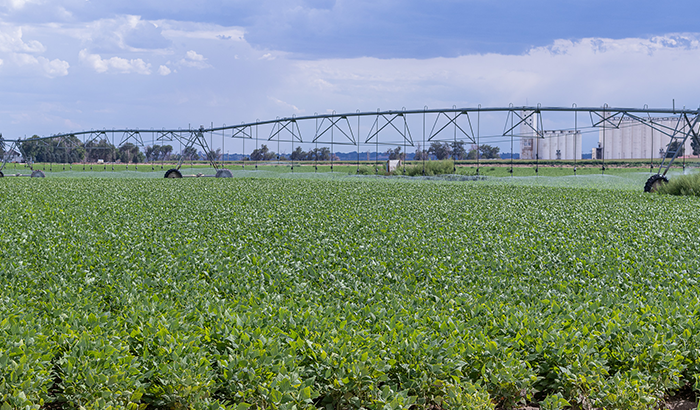
Here at Northern Feed & Bean, it is our mission to provide the highest quality beans to our communities – including to you and your family! We know that starts with the incredible farmers we work with and their hard work to grow nutritious, delicious beans. We take care to clean and package these beans so they get to you fresh, ready to be a pantry staple you can be assured will store well for a long time.



